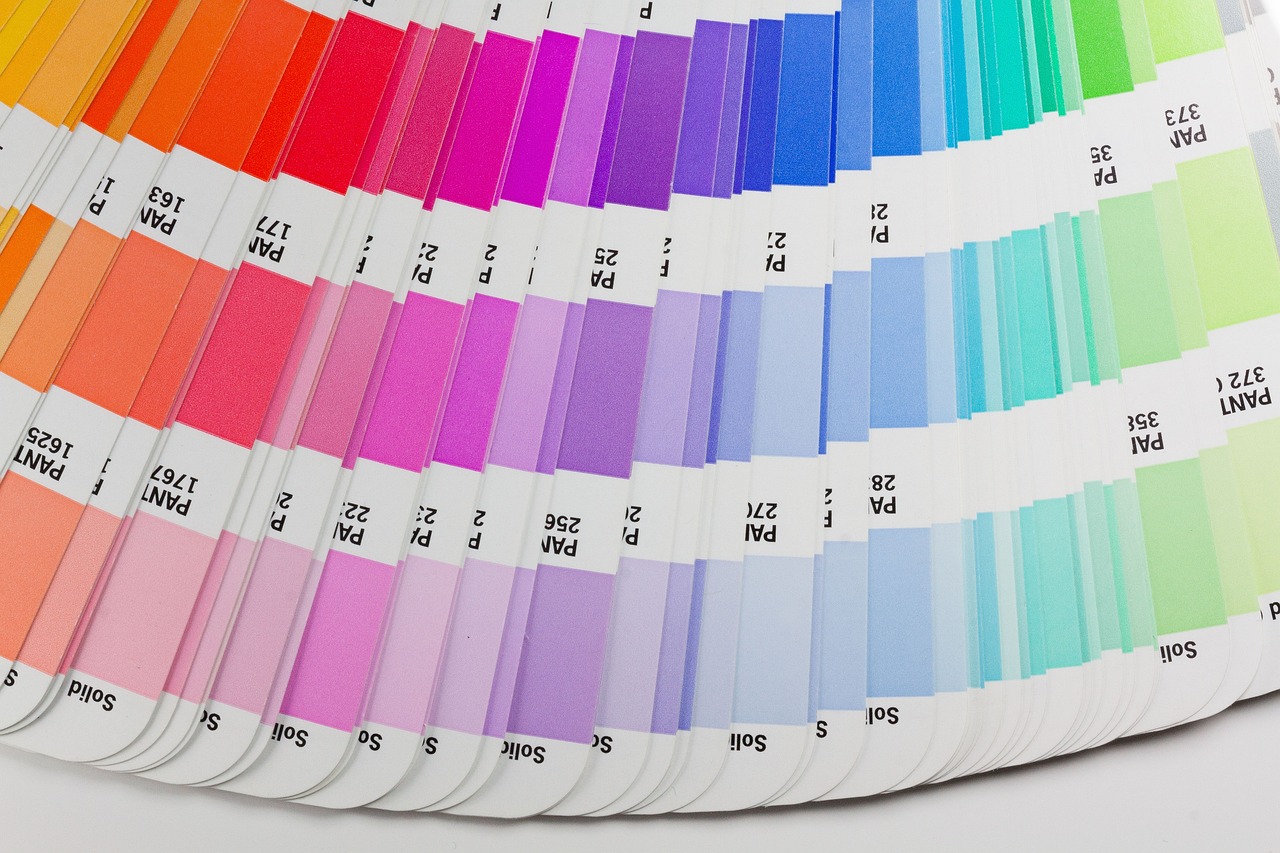Introduction:
In the vast palette of our visual world, the vibrant hues that capture our attention and evoke emotions are often courtesy of pigments. These microscopic particles play a pivotal role in bringing color to a myriad of materials, from the canvas of a painter to the packaging of everyday products. In this article, we delve into the fascinating world of pigments, exploring their characteristics, applications, and the artistic and practical roles they play in our lives.
The Nature of Pigments:
At its core, a pigment is a substance that bestows color upon other materials. What sets pigments apart from dyes is their insolubility—they exist as finely ground, solid particles suspended in a medium rather than becoming an integral part of the substance they color. This unique quality allows pigments to exhibit various characteristics that contribute to their diverse applications.
Insolubility and Stability: Pigments are typically insoluble in the medium in which they are used, ensuring their longevity and resistance to fading or degradation. This quality is crucial in applications where durability is paramount, such as in exterior paints or printed materials.
Color Creation: The color produced by a pigment is a result of its ability to selectively absorb and reflect certain wavelengths of light. The interplay of absorbed and reflected light gives rise to the spectrum of colors that captivate our senses.
Opacity and Transparency: Pigments can be engineered to be either opaque or transparent, influencing their visual impact. Opaque pigments provide solid coverage, while transparent ones allow underlying colors or textures to shine through.
Applications Across Industries:
Artistic Expression: Artists have long relied on pigments to breathe life into their creations. The vast array of pigments allows painters to mix and match colors, producing intricate works of art that convey a spectrum of emotions and moods.
Printing and Packaging: In the realm of printing, pigments are indispensable components of inks. From newspapers to packaging materials, pigments ensure that printed products are not only informative but visually appealing as well.
Everyday Products: Pigments are integral to the manufacturing of everyday items, such as plastics and polymers. They infuse color into products ranging from household items to toys, adding a touch of personality to our daily lives.
Textiles and Fashion: The textile industry relies on pigments for dyeing fabrics, allowing for a diverse array of colors and patterns in clothing and home textiles.
Cosmetics: The world of cosmetics is another domain where pigments shine. Lipsticks, eyeshadows, and nail polishes owe their vivid colors to carefully selected pigments.
Conclusion:
In the grand tapestry of our visual experiences, pigments play a crucial role as the architects of color. From the artist’s canvas to the printed page, and from the vibrant hues of a child’s toy to the subtle tones of a cosmetic palette, pigments infuse our world with diversity and expression. As technology and innovation continue to advance, so too will our understanding and application of pigments, ensuring that they remain an enduring force in the colorful canvas of life.















